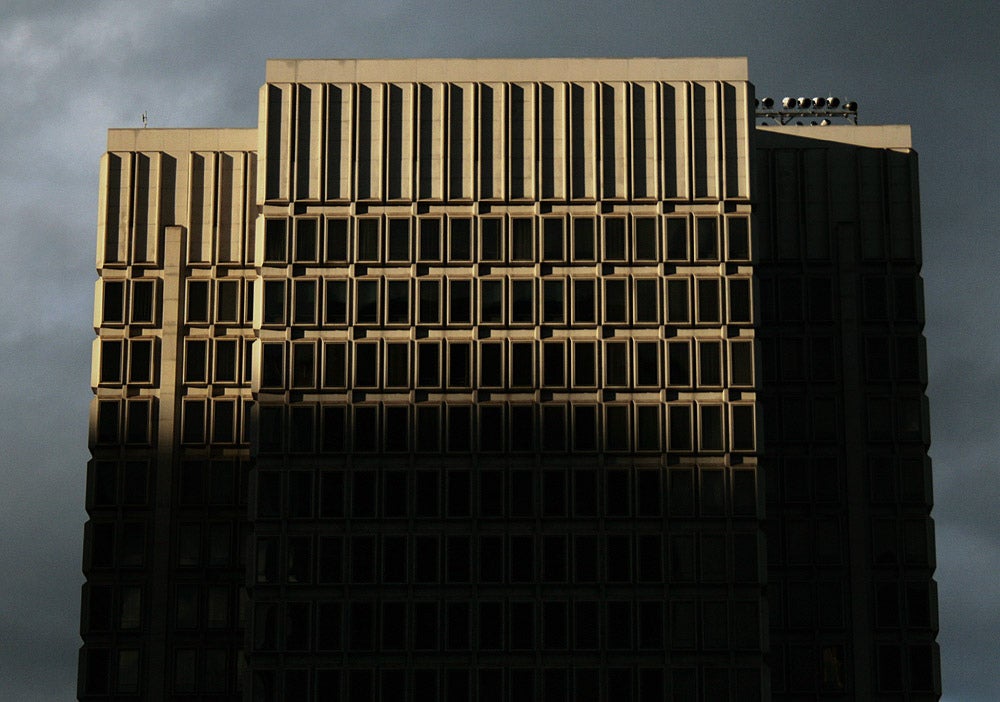Developers cheer as L+I adds offices plus inspectors to equal demand from Philly’s real estate boom

For years, Philadelphia’s developers have complained and fretted about staffing at the Department of Licenses and Inspections (L+I). In 2017, the agency may finally be able to come close to giving them satisfaction.
After the Great Recession struck in 2008, the number of L+I inspectors shrank dramatically. Around 20 percent of the inspectorate was laid off. A few years later, Philadelphia’s real estate market went into its most sustained boom in decades, but the agency has been slow to refill its ranks. Veterans who’ve been with the department since Reagan’s first term say they’ve never seen anything like this level of demand for their services, while developers have expressed frustration with delays related to inadequate staffing.
“There are many jobs all around the city that have the potential to be held up,” said Brian Emmons, head of the Building Industry Association (BIA). “It’s just because the inspector doesn’t have the ability, based on his workload and the demand right now, to be at certain jobs and to know they’ll be ready for inspection.”
L+I is well aware of the unprecedented demand for inspections. The agency is reacting to it by hiring more employees, which this year have finally recovered to pre-recession level and then some. There are 18 more building inspectors in 2017 than there were last year and 17 additional code enforcement officials. Generally, building inspectors monitor new construction, whereas code enforcement inspectors respond to public concerns about the existing built environment.
L+I is also changing the way that their target areas will be apportioned, along with opening two new district offices.
Currently, there are five L+I satellite offices in addition to the headquarters in the Municipal Services Building. They correspond to districts, including Central (which roughly covers Center City) and one for each cardinal direction. Each is staffed with a crew of building inspectors and code inspectors.
And with the largest number of code and building inspectors on staff in a decade, these satellite offices are getting increasingly crowded.
“We are physically running out of space,” said Karen Guss, press representative for L+I. “There are offices where every single chair and desk is taken up. How many more guys can you get up there?”
So the L+I is adding two new satellite offices. One will be on 3007-09 Gray’s Ferry Avenue, supporting 30 inspectors in an former-Blockbuster Video location. The other will be on 1514 Cecil B. Moore Avenue, with 25 inspectors in a former Social Security office. Both are expected to open in the spring of 2018.
The agency’s GIS analysts have also been working on new configurations for the districts, breaking them down to the census tract levels and seeing which ones have the greatest numbers of building permits and operation services requests.
They are also measuring the kinds of requests. As downtown booms, the Central district has never been busier, but the East and North districts are being overwhelmed by requests for inspections of rickety rooming houses and blighted vacants. While the exact contours of the new districts are not yet clear, the locations of the two new offices have been established. One will be on 3007-09 Grey’s Ferry Avenue, supporting 30 inspectors in an ex-Blockbuster Video location. The other will be on 1514 Cecil B. Moore, with 25 inspectors in a former Social Security office. Both are expected to open in the spring of 2018.
L+I projects that the new offices and new districts will be online in time to accommodate the additional waves of new recruits the department is in the process of hiring and training. In July, 21 new code enforcement inspectors were brought on and are in the midst of training, while an additional 20 building inspectors are intended to be hired next February.
The news of L+I’s additional districts and offices came as a pleasant surprise to development industry representatives, who also applauded the the added personnel so far.
“Every developer and builder has seen [improved] response times from inspectors,” said Emmons. “These folks are also doing a much more thorough examination, because when you have more people they are able to spend a little more time at each site. They pick up problems, and it’s more economical when issues are picked up in the pre-permit stage versus once it’s under construction.”
These changes were made possible because of a series of budget increases over the last three years (including one earlier this year, paid for by an increase in a variety of permit fees). It’s also a direct result of the review prompted by the tragedy at 22nd and Market, where a building collapse killed six.
Guss says the department still wants to expand further, because they want enough inspectors to be able to wage more proactive inspection campaigns, like the recent one they waged on vacant warehouse spaces. The training time between hiring and actually getting new L+I inspectors on the street is longer than the equivalent process in any other agency in Philadelphia’s municipal bureaucracy.
“We are still in the process of trying to catch up with demand,” said Guss. “We are still struggling to keep up with new construction because of all the new permits being issued and that’s great. On the code enforcement side there are so many [property maintenance] complaints. That’s not great. We want to be more proactive, but we aren’t there because we are still drowning in service requests.”
WHYY is your source for fact-based, in-depth journalism and information. As a nonprofit organization, we rely on financial support from readers like you. Please give today.





